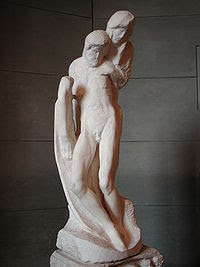Samudra Gupta Kashyap

Kalaichar, Indo-Bangladesh border Md Ali Sarkar, 66, of Baliamari village in Kurigram district, Bangladesh, had not only taken an active part in the Bangladesh liberation war of 1971, but also trained in Cooch Behar under the Indian Army on how to use a gun.
Last week, he was almost inside India again, but this time not for training under the Indian Army. Sarkar is among 25 petty traders and shopkeepers of Baliamari who have been selected by the Bangladesh government to trade in the Kalaichar border haat between the two countries that has just been reopened.
“I remember coming to the border haat even when we were East Pakistan. We used to buy a lot of jackfruit from the Garo and Hajong people on the Indian side and carry them to our markets in bullock-carts,” said Sarkar, recalling the pre-1971 days when the weekly border haat here used to be a humming marketplace.
The border haat, which was reopened jointly by Commerce Minister Anand Sharma and his Bangladeshi counterpart Md Faruk Khan, has kicked off the revival of as many as 80 such haats that had existed between Meghalaya (in those days the Garo and Khasi Hills districts of Assam) till 1971.
“History says these haats had existed even when Bengal was under the Mughals,” said Mukul M Sangma, Chief Minister of Meghalaya, who himself hails from village Chengkompara near Ampatti, hardly 15 km from here, on the Indo-Bangladesh border. “I too remember coming to the haat when I was a child. My father used to buy mangoes and a variety of fish there,” said the 1965-born Chief Minister.
Jogesh Hajong from Gobandha village on the Indian side, too, is very happy. “I grow a lot of pineapples, while my wife weaves of lot of gamochas and chadars that will now find good customers from the other side,” said Hajong, one among 25 small-time traders selected by India for a stall in the border haat.
The revival of border haats has become a reality following an MoU between the two countries on October 23 last year. The border haat between Kalaichar and Baliamari is the first; the second one is set to come up between Lauwaghar (East Khasi Hills) and Balat (Sunamganj in Bangladesh.
Though these border haats are not expected to shoot up the trade volume between India and Bangladesh, they will serve two purposes. “One, they will boost the rural economy on both sides. Two, they will help curb cross-border smuggling to a large extent,” said Chief Minister Sangma.
The two sides have identified five categories of commodities for trade in the border haats. These are locally produced vegetables, food items, fruits and spices; minor forest produce like bamboo and broomstick; cottage handloom products like gamocha, chadar, lungi, saree; small locally produced agriculture household implements like dao, plough, axe, spade, chisel; and locally produced garments, processed food items, fruit juice and melamine products.
The commodities sold in these border haats are exempted from customs duties. “Traders are allowed to buy and sell either in local currency as well as on a barter basis,” said an official, adding the estimated value of such purchases cannot be more than the equivalent of US $50 for any particular day.






